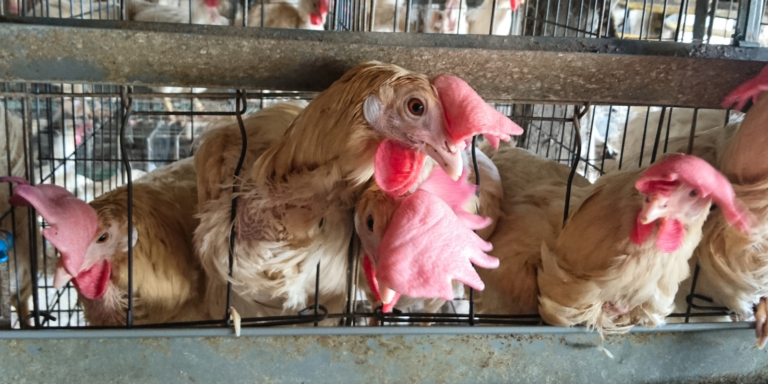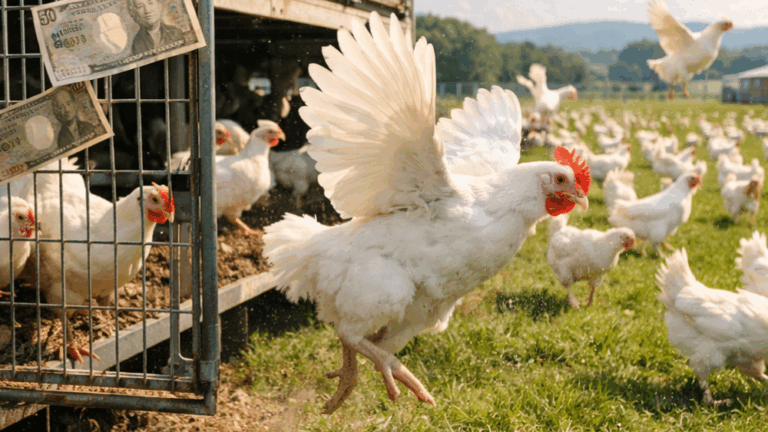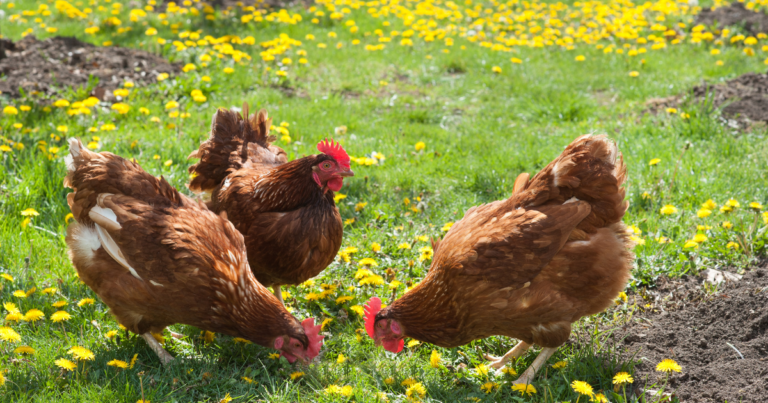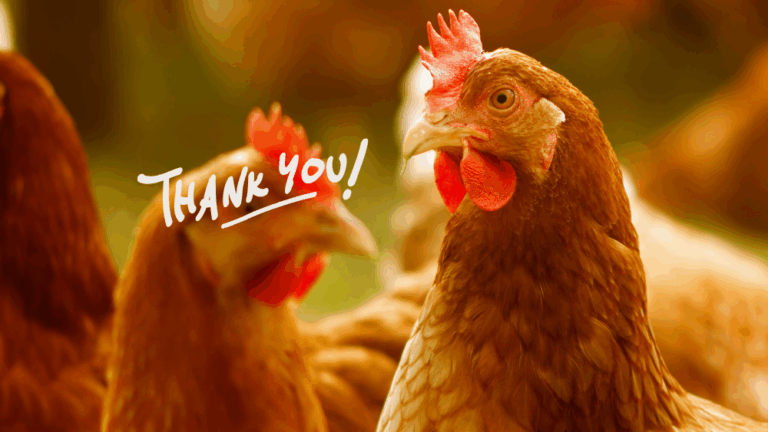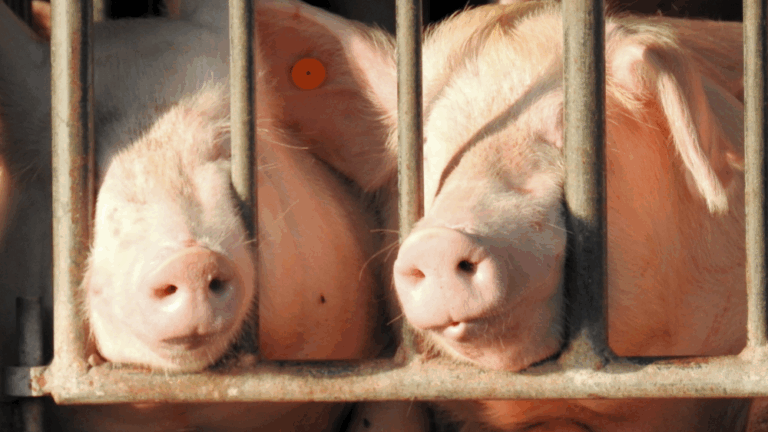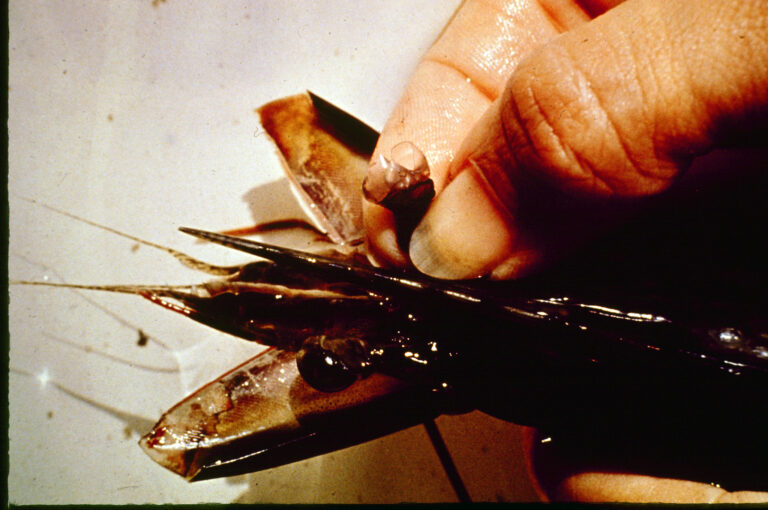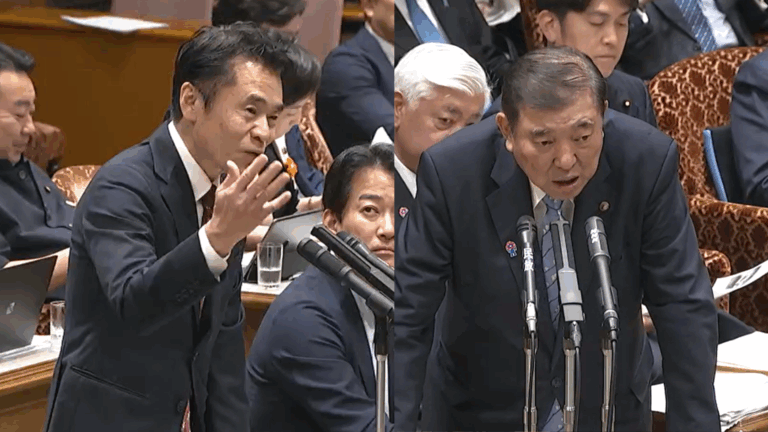There is no official data on the percentage of chickens raised cage free in Japan. This means that, while the overall number of the chickens kept is known, the government does not have accurate information on the raising methods used. In contrast, many European countries, the United States, South Korea, Australia and New Zealand keep such statistics.
Just this past week, on October 11, 2023, the U.S. Department of Agriculture (USDA) released data showing that as of June 2023, 38% of chickens in the country were not confined to cages. So what about Japan? The government uses the statistics released by the International Egg Commission that are based on the percentage of the number of farms (as opposed to the number of chickens). Unfortunately, this data does not provide any accuracy and is difficult to use in analyzing the current situation. The reason is because, in the cage-raised system, a large number of chickens (such as 200,000, 1 million, etc.) are often crammed inside a single farm, while in cage free, the number of chickens on a single farm is smaller (100,000 at most, generally several thousand).
It is difficult to come up with improvement measures if the current situation cannot be accurately evaluated. The inability to do so may suggest that the government is not interested in improving animal welfare in the first place. Yet, animal welfare is an important social issue that matters to the citizens, consumers and businesses.
To address this, in the summer of 2023, Animal Rights Center Japan conducted telephone interviews with chicken farms that were confirmed to be raising cage-free chickens. By supplementing data published on their websites, ARCJ has determined the number of egg-laying hens (or, more precisely, adult hens in the process of laying eggs) in Japan that are not confined in cages.
The results showed that the percentage of cage-free chickens in Japan is 1.11%*.
ARCJ had previously estimated that the percentage was less than 1%; therefore, based on its calculation, the percentage of cage-free raising has increased. In fact, farms that have more than 1,000 cage-free chickens tended to increase the number of the birds, and some farms were increasing the number of such chickens by tens of thousands. There were also chicken farms that switched from cage-raising to flat-raising, such as this one.
How should this figure be viewed?
The figure of 1.11% clearly shows that Japan is lagging behind in animal welfare. Around the world, more than half of the chickens raised in Europe, the United States and Australia have switched to cage free. In Asia, South Korea is reported to have 4.6% of cage-free chickens (according to the official data) while India and Indonesia have 22% and 12% respectively.
If this figure, 1.11%, is to be evaluated only in Japan, it may not seem too bad. Some domestic firms may be surprised to find that there are more than 1% of cage-free chickens. Others struggling to procure cage-free eggs may think that even this is a large number.
However, 1.11% is, by all accounts, one of the lowest in the world. It must be said that Japan has finally reached the starting point of animal welfare.
At present, 98.89% of the chickens in the country are suffering in extreme conditions. All of them must be released from their cages, just as the rest of the world is moving toward that end.
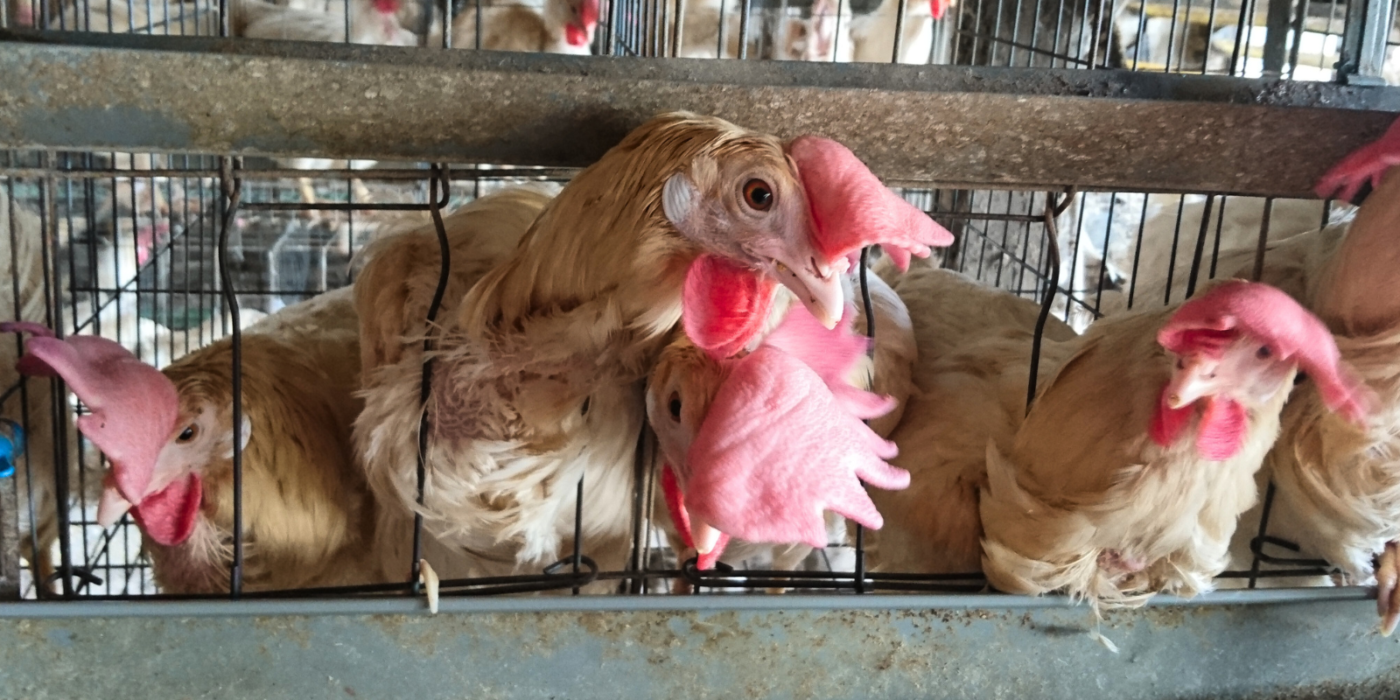
※The numbers are based on data from telephone-based surveys and publicly available information from official websites of poultry farms. As some cage-free poultry farms did not cooperate in the survey, there is a possibility that the proportion of cage-free chickens might slightly increase.
Translated By: H. Motoyama


